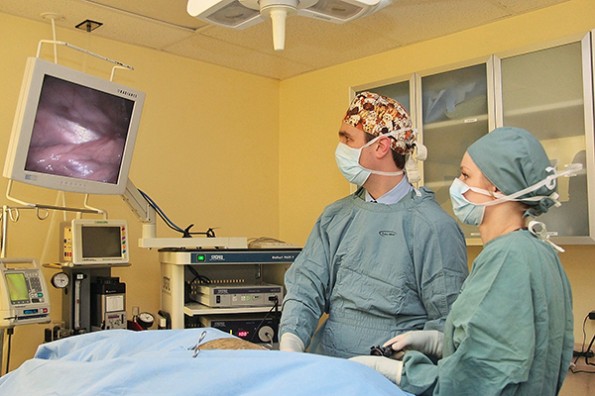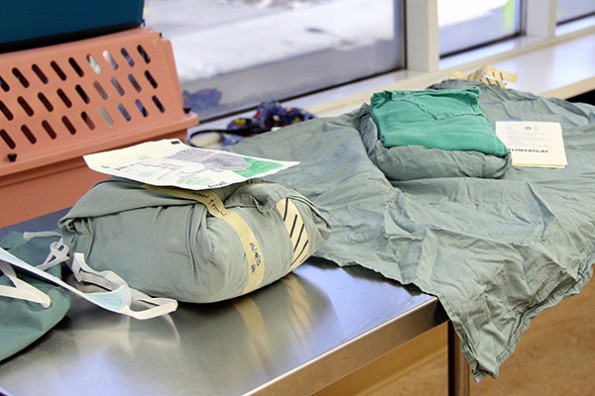Lump Removal
At Roncy Village Veterinary Clinic, the removal of uncomfortable, unsightly or even cancerous lumps is a common occurrence. In our experience, most lumps are small and are often removed for comfort or cosmetic purposes. However, even more important are the many cases where the lumps are large or cancerous, and pose a serious threat to a pet’s health, comfort and wellbeing. Our vets are trained to remove all types and sizes of lumps in a manner that promotes quick healing and minimal recovery time.
Soft Tissue Surgery
There are many different types of soft tissue surgical procedures, with many involving the abdominal organs. Some of the most common abdominal procedures that our vets have performed are cystotomy (removal of bladder stones), splenectomy (removal of the spleen), gastrotomy or enterotomy (removal of foreign objects from the stomach or intestines), gastropexy (tacking the stomach to the body wall in dogs that are at risk for bloat), and organ biopsies. Eye-related surgeries include entropion correction (when the eyelashes roll inward and rub against the eyeball), cherry eye repair, and enucleation. All of these surgeries are delicate and require special care and a thorough knowledge of the internal anatomy of both dogs and cats. Our vets are well-trained and experienced in all of them, and our skilled team ensures your pet recovers well, with as little pain and discomfort as possible.

Orthopedic Surgery
Involving bones and ligaments, the most common orthopaedic surgeries are replacing a torn cruciate (ACL) ligament in dogs or repairing fractures and broken limbs in both dogs and cats. All of these orthopaedic surgeries are performed by a Board certified surgeon right here in our clinic. Our veterinarians supervise the procedure and our experienced and caring staff make sure your pet is thoroughly monitored and comfortable before, during and after surgery. When a limb cannot be saved, our own veterinarians also perform amputation surgeries.
